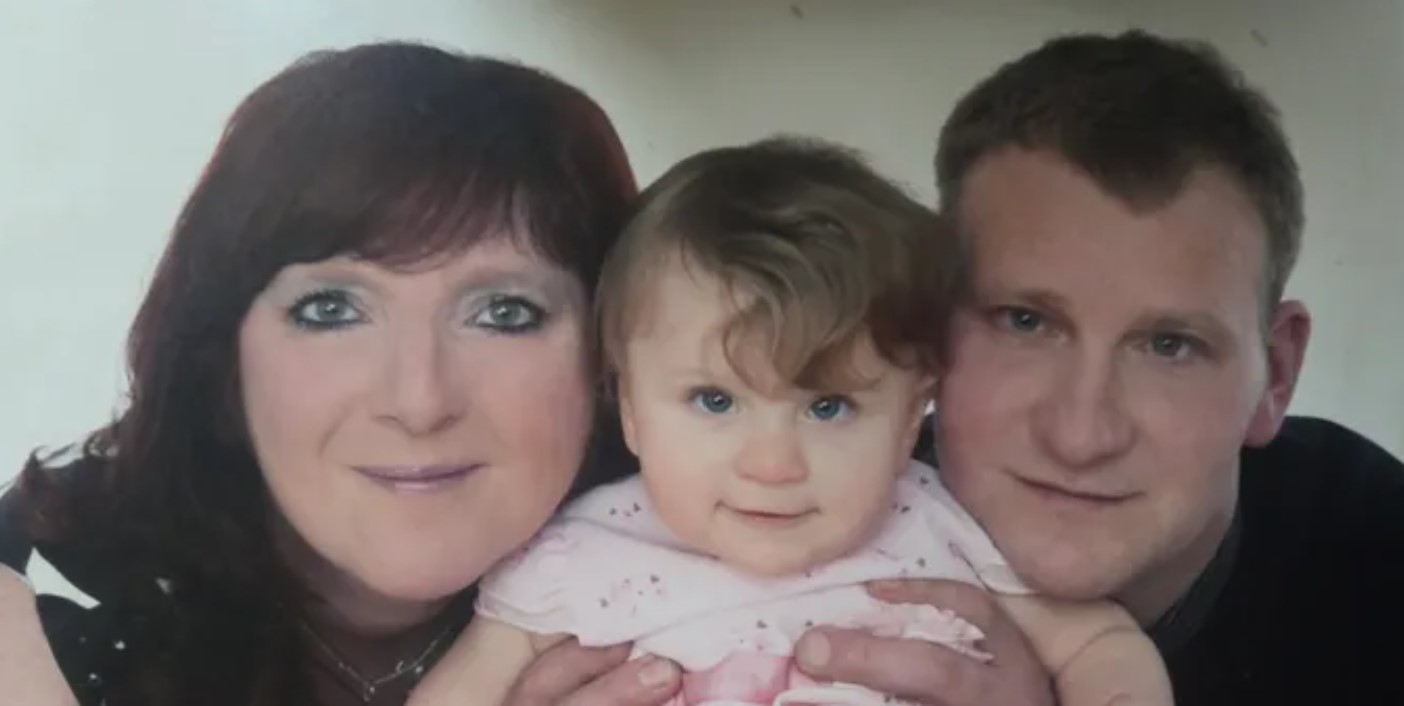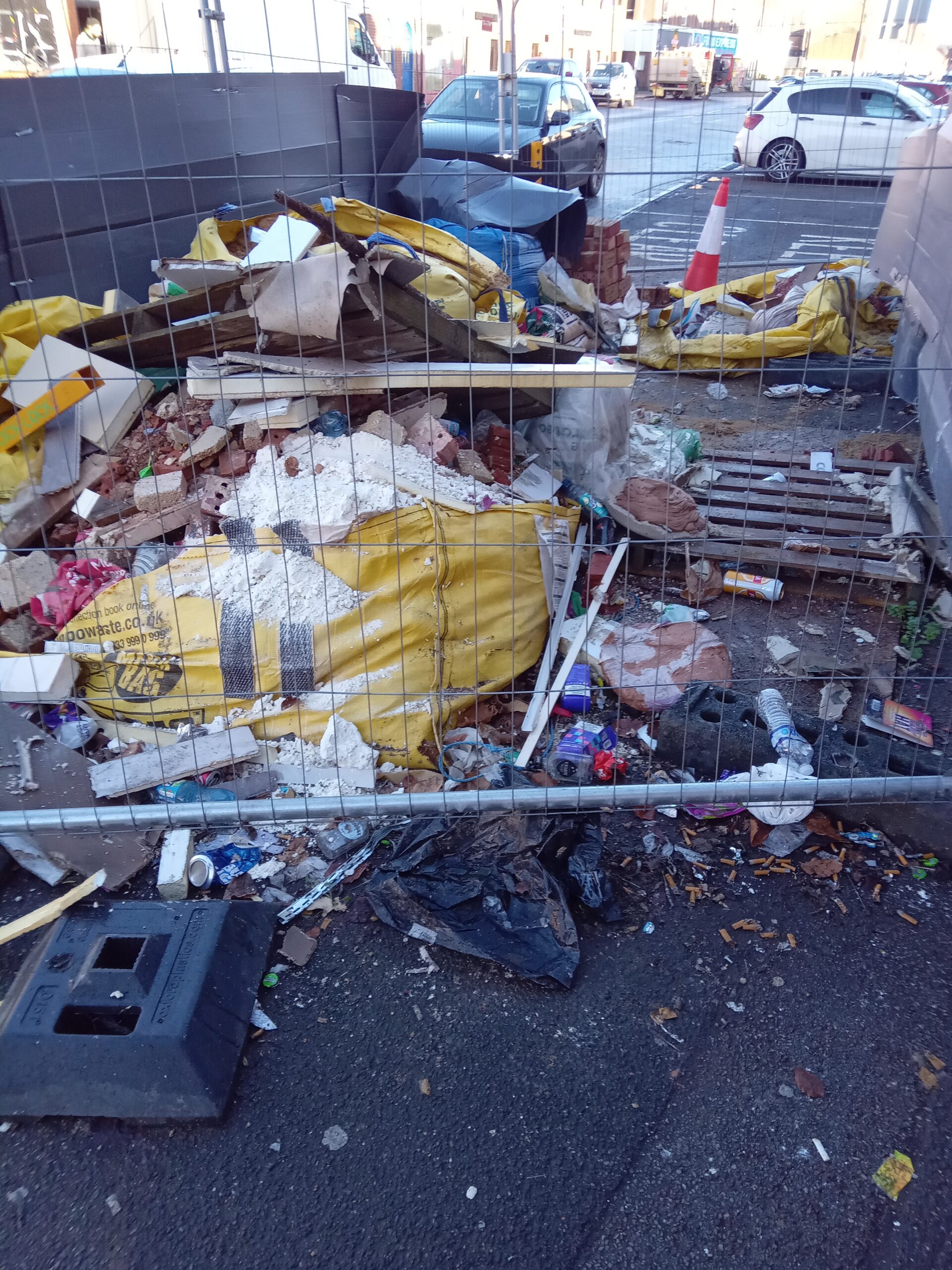This week, student veterinary nurse Charmaine Powell (student veterinary nurse) talks about her job.
No veterinary practice could function without nurses, and I’m not just saying that because it’s my job!
The nurse’s role is broad and varied: performing medical procedures, seeing animals for consultations like weight clinics or post-operative checks, managing a busy Monday morning reception desk – plus the Herculean task of keeping the practice clean!
The nurse’s most important role is to look after patients.
While the vet’s job requires a focus on the animal’s symptoms and diagnosis, the nurse must take a more holistic approach in providing for all of their everyday needs as well as medical care.
Qualified nurses are registered with the Royal College of Veterinary Surgeons and must complete at least 15 hours of additional training every year to keep their knowledge up to date.
It is not necessary to be a Registered Veterinary Nurse (RVN) to work in practice as a nursing assistant, but only RVN’s and registered student nurses can perform Schedule 3 procedures like placing catheters and stitching wounds.
Getting qualified requires attending a specialist college or university for two to three years.
Some students will study full-time at college and gain practical experience through work placements of several weeks at a time.
Others, like myself, are employed in a veterinary practice full-time and attend college one day a week.
It may be tiring fitting a 40 hour work week around college, homework and revision plus the evening and weekend on call rota… but it’s great to get practical experience and a paid job while studying!
At the end of the course, after exams and essays on everything from the digestive system to disinfectants, come the dreaded OSCE’s – Objective Structured Clinical Examinations – in which students must undertake a series of timed medical procedures under exam conditions.
If all goes well and I qualify as an RVN, I certainly won’t be embarking on a glamourous career.
As you can probably imagine, working with animals brings a whole host of particularly smelly occupational hazards as well as the ever-present scratches and scars and the never-ending cleaning.
All this is more than recompensed, however, by the reward of looking forward to going to work – catching up with regulars and greeting new faces, the rush of an emergency or the satisfaction of a routine job done well, putting all our efforts into making an animal’s life better (even if the animal doesn’t appreciate our interference at the time), and of course meeting every fluffy, scaly, feathered, large, small, friendly, grumpy, loveable animal that makes each day unique.
What could possibly be better?







